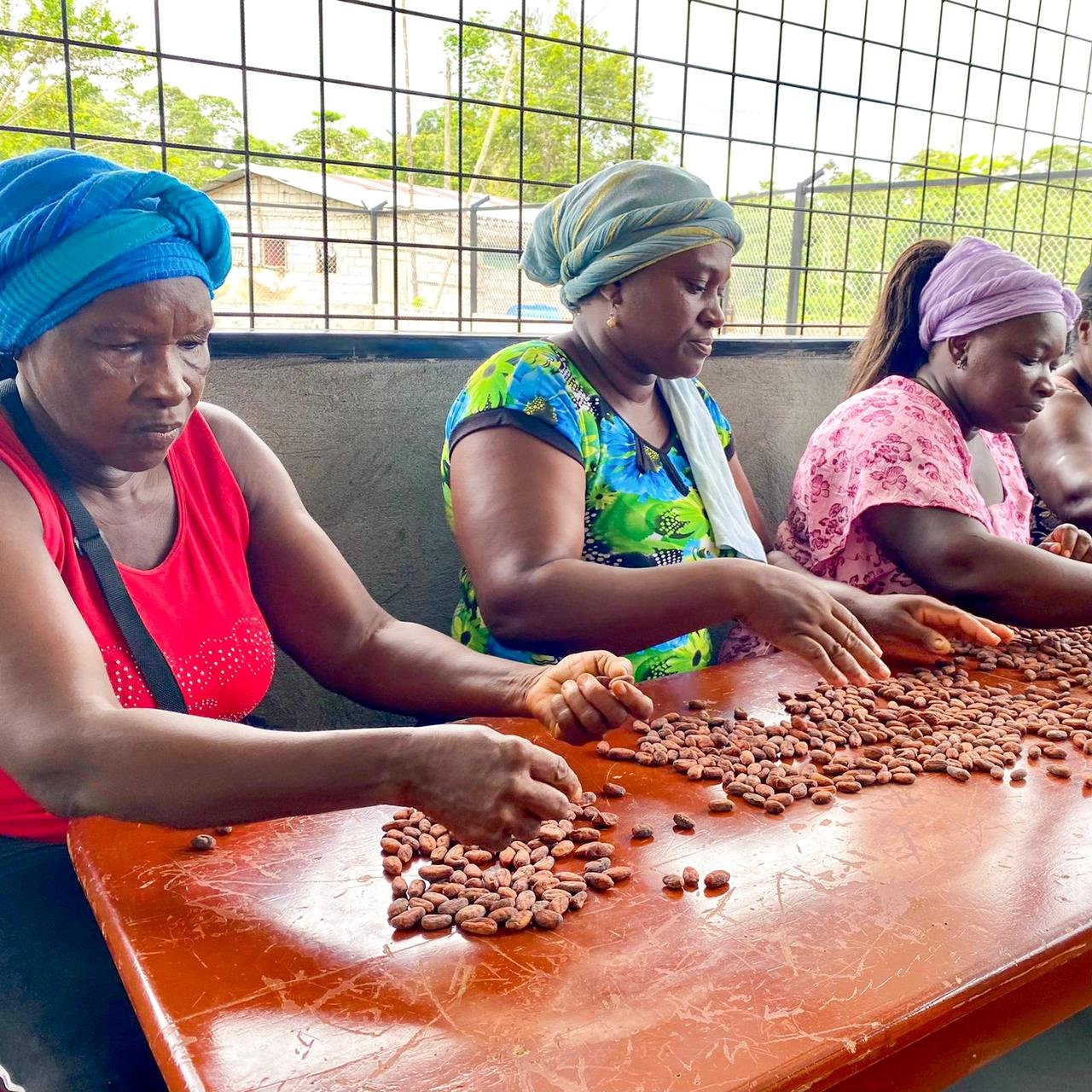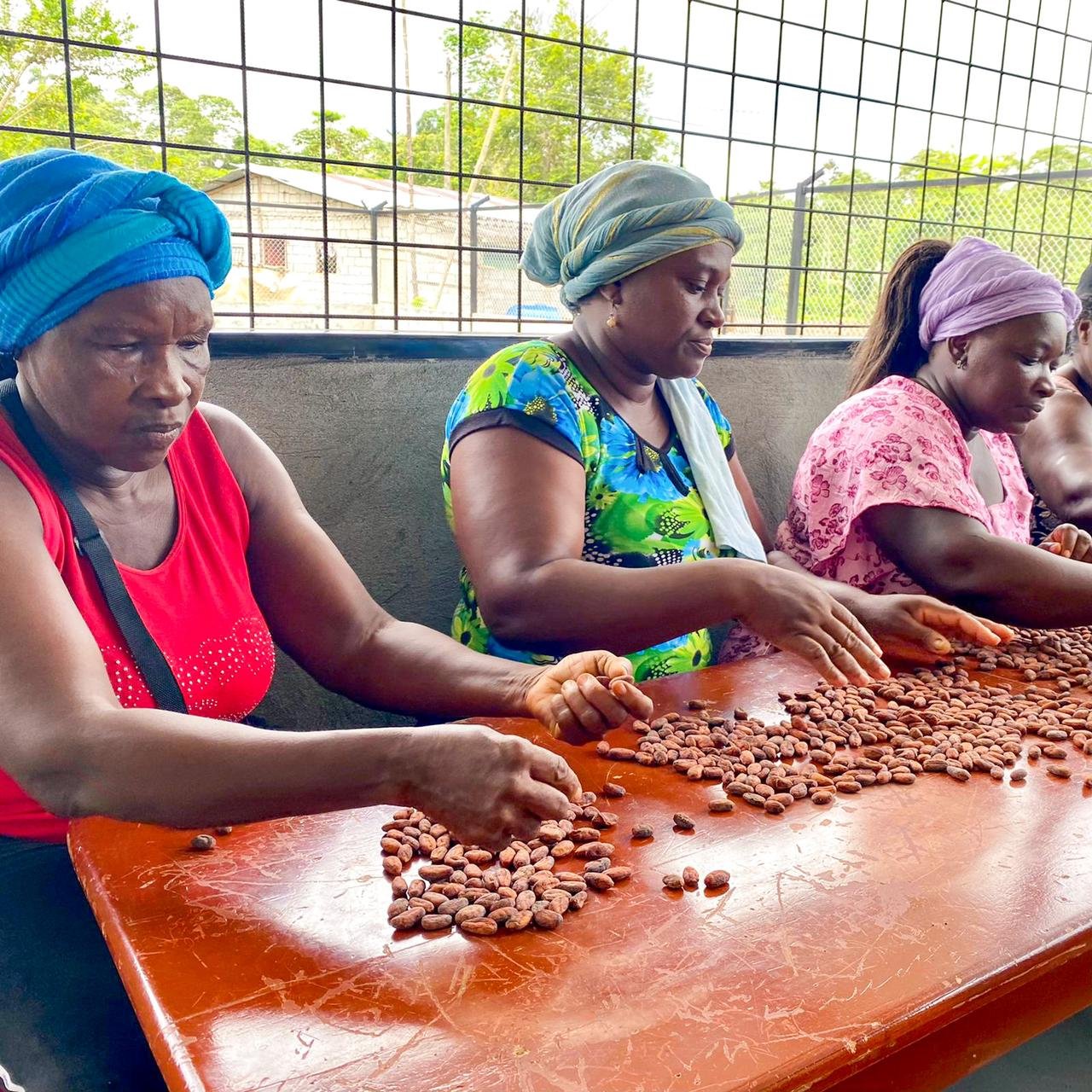
High on Ecuador’s northern coast lies the province of Esmeraldas. Inside Esmeraldas is a region called Timbiré. This is where our story begins. You see, if you do a Google search for Esmeraldas, you will most likely find your page populated with tourist sites. However, this unique region has a fascinating history of liberation in the wake of colonization.

"Regional blackness as a force of self-liberation in Ecuador begins in Esmeraldas, and its origin occurs during a violent tropical storm and a movement of African rebellion. The documented history of Ecuador establishes the beginnings of Afro-Hispanic culture in what is now Esmeraldas, Ecuador, where a Spanish slaving ship ran aground in 1553. There, a group of twenty-three Africans from the coast of Guinea, led by a black warrior named Antón, attacked the slavers and liberated themselves. Not long after, this group, together with other blacks entering the region, led by a ladino (Hispanicized black person) named Alonso de Illescas, came to dominate the region from northern Manabí north to what is now Barbacoas, Colombia.” http://www.blackhistoryheroes.com/2014/07/africans-of-esmeraldas-ecuador-look-at.html
The stories of stolen African peoples taking their freedom in the New World are few and far between. Many of these stories of triumph over colonization have been left out of history books and the descendants of the heroes left in poverty. Contemporary Afro-Ecuadorians of Esmeraldas continue to face different barriers such as lack of government support and a lack of natural and financial resources to ensure the steady growth of the community. These issues have continued through generations, preventing the community from advancing with the rest of the country. But this is a story of triumph and resilience: despite the odds, the people of Esmeraldas have maintained their culture, tenacity, and a deep connection to nature.
The people living in Timbiré today make up a great deal of the nation’s Afro-Ecuadorian community, some of whom are a part of AMATIF. AMATIF, or Asociación de Mujeres Afroecuatorianas de Timbiré del Futuro (Association of Afro-Ecuadorian Women from the Timbiré of the Future) is a women’s collective working to change the narrative through empowerment, support, and opportunity. In other words, by making chocolate.
Cacao Lab co-founder Federico Fridman had the opportunity to witness the women of AMATIF:
“What really touched me about this group is their resilience. AMATIF is a group of women wanting financial independence in a society dominated by men. They came together with the goal of creating business opportunities to generate extra income for their families. Many of them revealed that nobody had believed in them and had undermined their efforts.”
The AMATIF collective is focused on empowerment. Its purpose is to provide opportunity, support, and independence for the member women, which brings more money to the Timbiré region. AMATIF is a shining example of the power of community. With vision, resourcefulness and resilience, these women have written a new story for themselves and their home.
Their production consists of 27 members with 3 hectares of land and 15,000 Cacao plants. They make delicious chocolates and bonbons that are sold in local shops and to larger brands.
To learn more about this amazing organization check out: https://www.timbireamatif.com/
